Phonemic Awareness in Kids: What It Is, Why It Matters, and How to Build It Effectively
Phonemic Awareness in Kids: What It Is, Why It Matters, and How to Build It Effectively
Phonemic awareness is one of the most essential pre-reading skills that children need to develop before learning to read fluently. It focuses on the ability to hear, identify, and manipulate the smallest units of sound—called phonemes—in spoken words. This skill is the foundation of strong literacy development and should be nurtured early in a child’s education.
Introduction
For young readers, the path to literacy begins long before they pick up a pencil or start reading sentences on a page. One of the most important early skills is phonemic awareness, which is the ability to hear, identify, and manipulate individual sounds (phonemes) in spoken words. Without strong phonemic awareness skills, many children face challenges in decoding, spelling, and reading comprehension later in school.

Educators often call this skill the “missing piece” of early reading instruction. The good news? It can be developed through purposeful phonemic awareness lessons for kindergarten, engaging phonemic awareness activities, and playful practice at home and in the classroom.
In this guide, we will break down why phonemic awareness matters, what skills it includes, and how parents, teachers, and caregivers can focus on building it from preschool through first grade.
Why Phonemic Awareness Matters
Research has consistently shown that strong phonemic awareness is one of the best predictors of reading success. It bridges spoken language and written language, giving children the ability to connect sounds to written letters and eventually read fluently.
Here’s why phonological awareness so critical:
Builds decoding and spelling skills – When children can blend sounds and segment them, they can more easily match letters to the sounds they hear. Incorporating phonemic awareness activities can strengthen these skills effectively.
Prevents reading difficulties– Early intervention in phonemic awareness reduces the risk of struggling with literacy in later grades. Structured phonemic awareness lessons for kindergarten provide a strong foundation for reading success.
Example: A child who hears the first sound /c/ in cat, the middle /a/, and the ending /t/, and can put them together, is more likely to succeed in phonics and spelling lessons later.
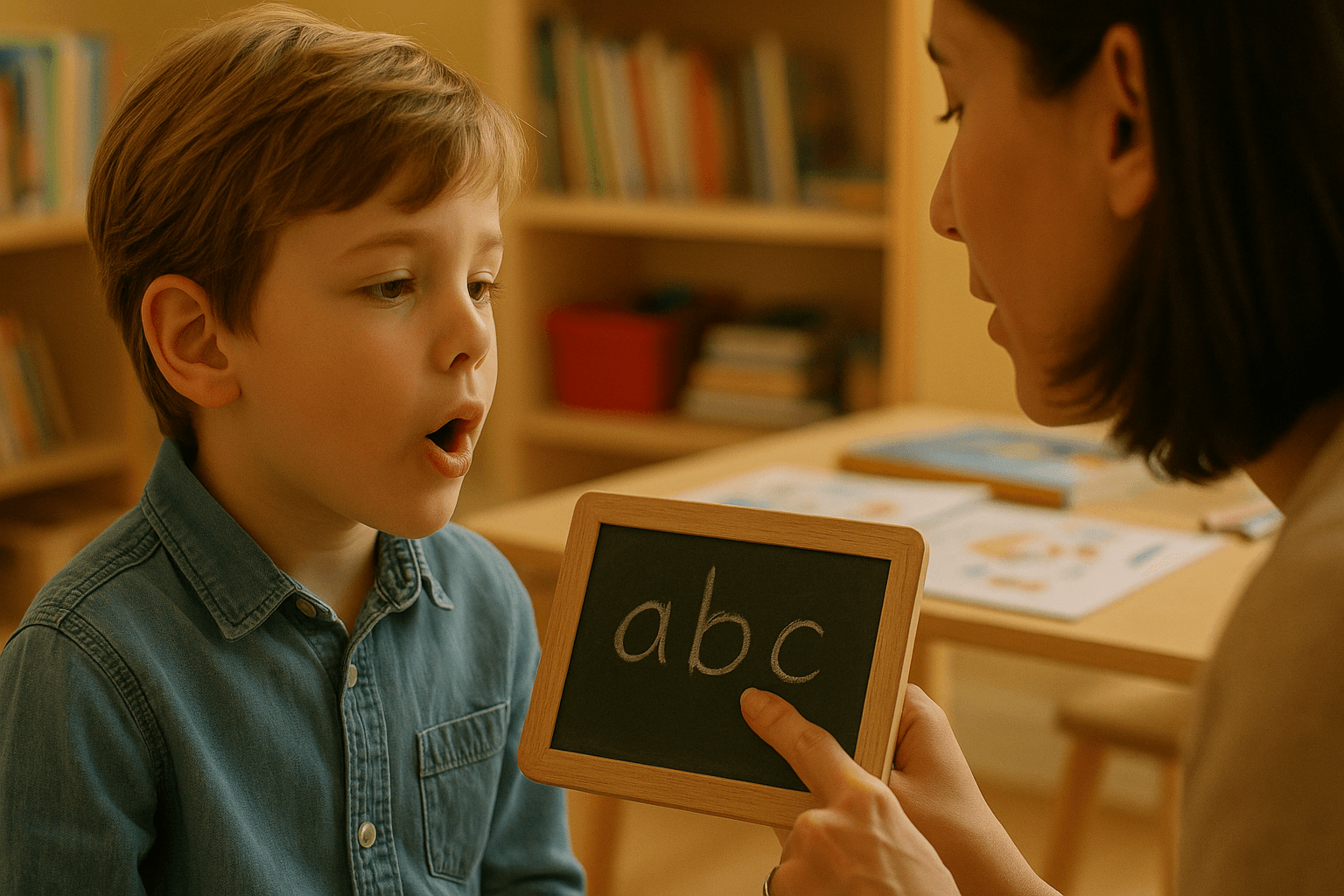
Key Components of Phonemic Awareness
Phonemic awareness is not a single skill but a set of abilities that work together to support literacy. Four core components are:
Sound Isolation
Identifying the first sound, middle sound, or ending sounds in a word.
Example: What’s the first sound in the word “map”? (/m/)
Sound Blending
Combining individual phonemes to make a new word.
Example: /b/ + /a/ + /t/ = bat.
Sound Segmentation
Breaking a word into its individual sounds.
Example: “dog” → /d/ /o/ /g/.
Sound Manipulation
Adding, deleting, or substituting sounds to make new words.
Example: Change the beginning sound in cat from /c/ to /m/ → mat.
These skills allow students to hear, identify, and manipulate individual sounds with confidence—an essential foundation for phonics instruction.

Effective Phonemic Awareness Lessons for Kindergarten
In kindergarten, children are at a prime age to develop phonemic awareness skills. Phonemic awareness lessons for kindergarten should be short, lively, and integrated into daily routines. A typical lesson might last 5–10 minutes and include fun listening tasks, rhyming word games, and sound manipulation exercises.
Tips for effective lessons:
Keep it interactive– Have children repeat, segment, and blend sounds aloud.
Use picture cards and word cards for visual support.
Include Elkonin boxes to help children map sounds to written letters.
Focus on beginning sounds first, then ending sounds, and finally middle vowel sounds.
Provide practice daily for consistent progress.
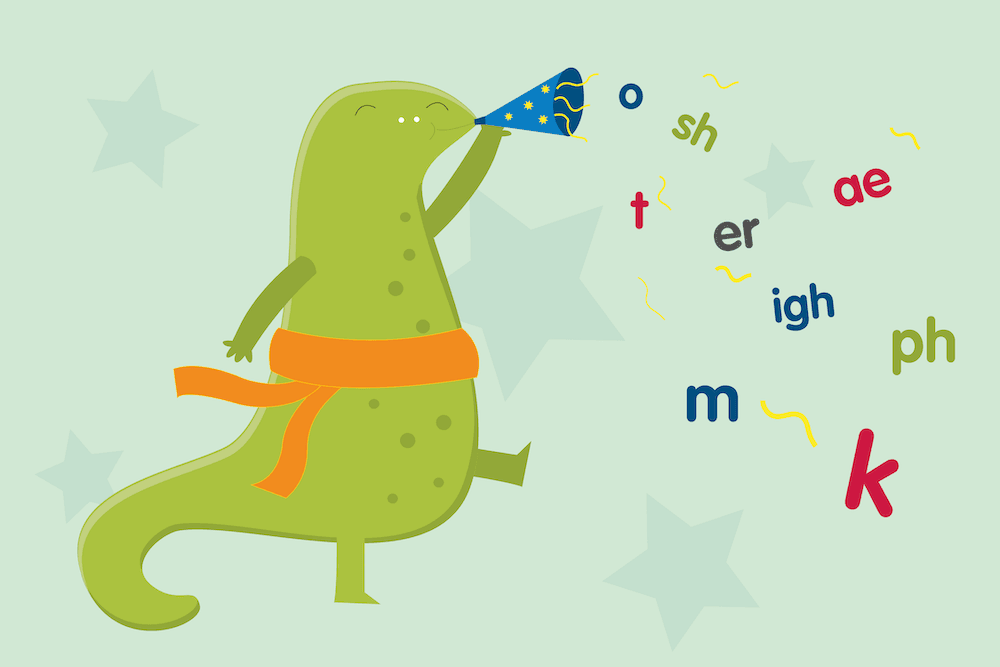
Phonemic Awareness Activities to Try
The best way to strengthen phonemic awareness is through varied, engaging activities that feel like play. Here are some effective ideas:
Rhyming Pairs
Match rhyming words using picture cards or word lists.
Example: cat → hat, log → frog.
Clap the Sounds
Have children clap once for each sound in a word.
Example: “sun” → clap /s/, clap /u/, clap /n/.
Sound Scavenger Hunt
Ask children to find objects in the room that start with a specific sound.
Phoneme Substitution
Change one sound in a word to create a new word.
Example: bat → change /b/ to /r/ → rat.
Onset-Rime Blending
Blend the first part (onset) with the rest of the word (rime).
Example: /c/ + at = cat.
These activities help children not just hear sounds but also understand how they work in spoken words.
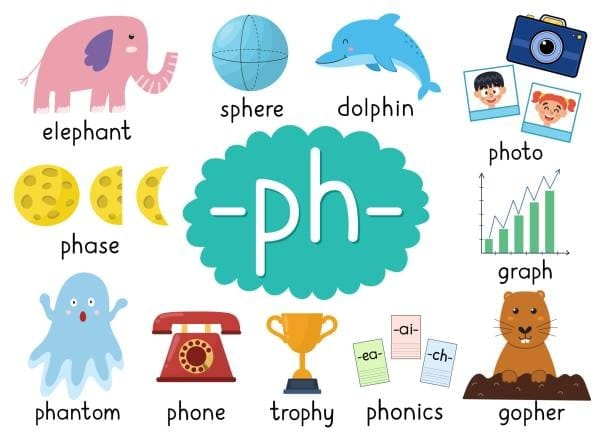
Phonemic Awareness Games for Young Learners
Games make learning irresistible. When students enjoy the process, they’re more motivated to participate. Here are some that work well in the classroom and at home:
I Spy with Sounds: “I spy something that starts with the same sound as moon.”
Sound Bingo: Bingo cards with pictures or letters, children mark the word that matches the first sound called.
Phoneme Hopscotch: Jump between squares marked with letters or sounds while saying them aloud.
Rhyme Time Race: Give a word and have students quickly call out a rhyming word.
Elkonin Box Challenge: Push counters into boxes as each phoneme is spoken.
These games make phonemic awareness activities lively, promote practice, and help students retain skills.
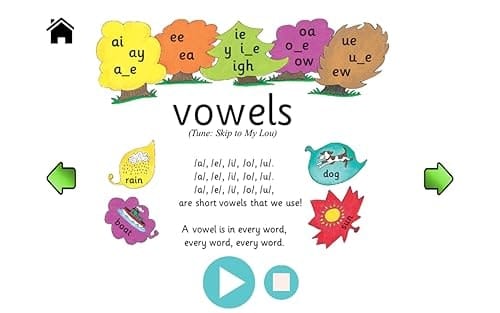
Phonemic Awareness Programs and Curriculum
While informal phonemic awareness activities are valuable, structured programs offer consistency and measurable progress. Popular options include:
Heggerty Phonemic Awareness Program– Daily, scripted lessons designed for preschool to first grade.
Phonemic Awareness Apps– Digital tools with interactive games for children.
Teacher-Created Units– Customized to match classroom needs and student levels.
A quality program will focus on gradually increasing difficulty, from identifying the first sound to manipulating individual sounds in complex words.
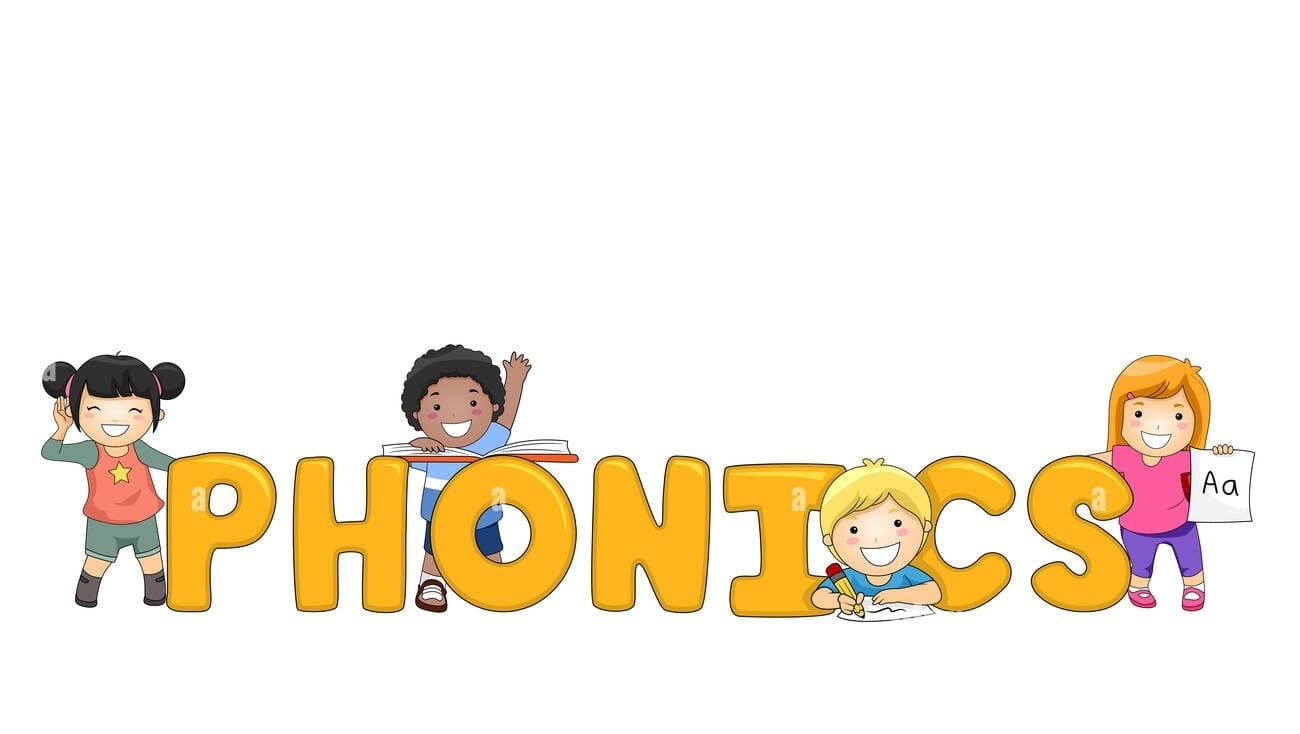
Conclusion
Phonemic awareness is an early literacy skill. It is the bedrock of reading success. By starting early, incorporating phonemic awareness activities into daily routines, and using fun, varied strategies, parents and teachers can set children on the path to becoming confident readers.
Whether you are working with a kindergarten class or supporting a struggling first grade reader, phonemic awareness provides the tools to hear, blend, and manipulate individual sounds, making the transition from spoken language to written language smooth and effective.
Understanding the importance of phonemic awareness helps educators and parents make informed decisions about early reading instruction.
Frequently Asked Questions
Why is phonemic awareness so critical for early reading?
Phonemic awareness links spoken language to written language. It helps children connect sounds with letters, improving decoding, spelling, and comprehension. Understanding the importance of phonemic awareness ensures reading is structured rather than a guessing game.
At what age should children start phonemic awareness instruction?
Instruction can begin in preschool with simple rhyming words, beginning sounds, and phonemic awareness games, continuing through kindergarten and first grade for full mastery.
How long does it take to see progress?
With consistent practice, just 5–10 minutes daily, progress can appear within weeks. Skills like identifying the first sound or blending individual phonemes can develop quickly with focused repetition and regular phonemic awareness activities.
Are phonemic awareness games helpful for struggling readers?
Yes. Games make practice enjoyable, lower anxiety, and increase motivation. Activities like sound bingo or phoneme hopscotch encourage participation while reinforcing core skills.
How do I know if my student is struggling with phonemic awareness?
Look for signs like difficulty with rhyming words, trouble blending sounds, or inability to name the first sound or ending sounds in spoken words. Early detection allows for targeted intervention, and well-structured phonemic awareness programs can provide support.
Comments
Your comment has been submitted successfully!